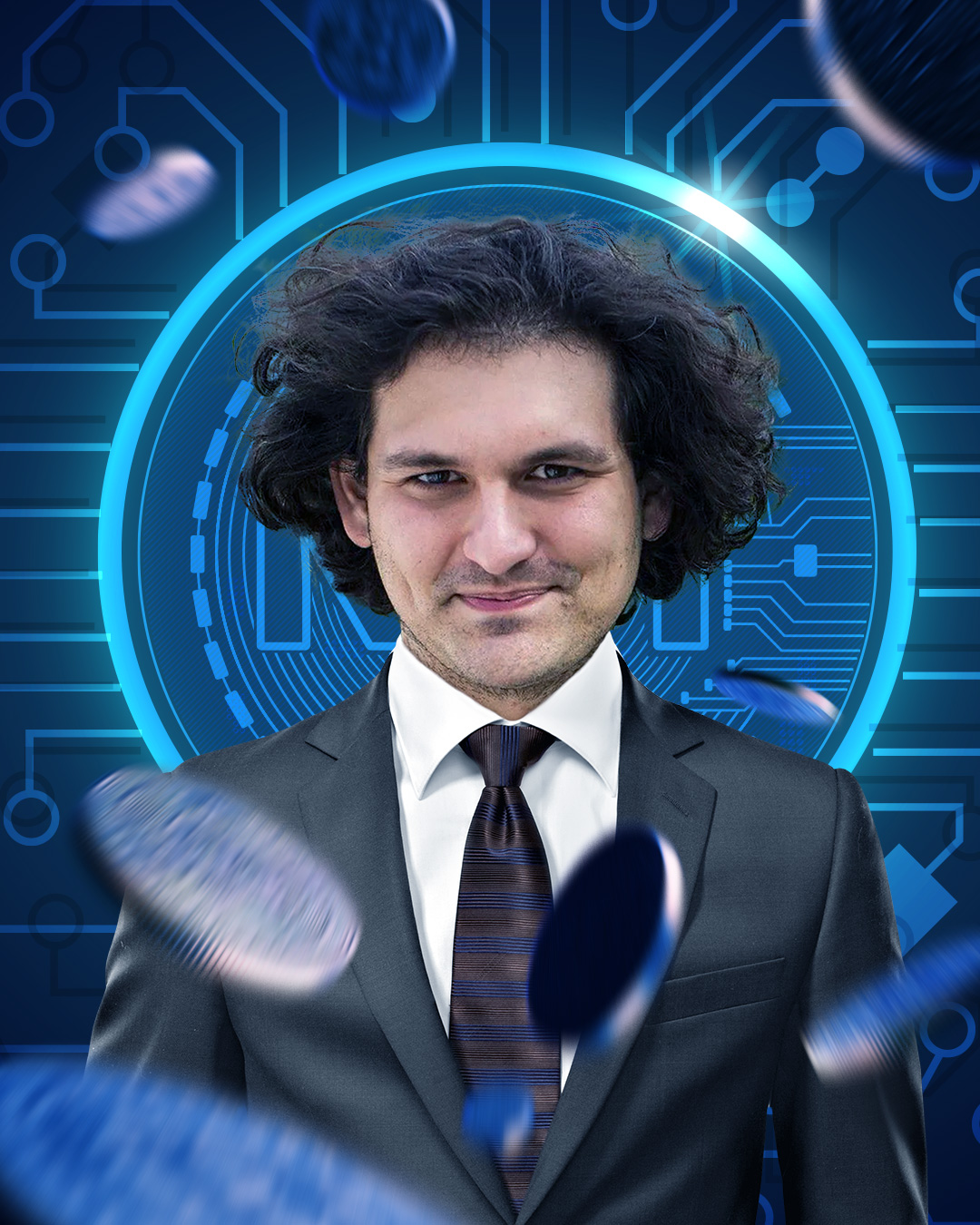For a long time, I’ve been drawn to the meticulous way the New York Times and Washington Post, both prominent in the Washington DC area, unpack a story. Their forensic style of reporting has always resonated with me. This fascination naturally fed into my career as a 3D artist and motion graphics designer based in Washington DC. I’m passionate about using cutting-edge visuals to elevate storytelling, which perfectly aligns with the evolving landscape of forensic journalism in the nation’s capital. Journalists here are constantly pushing boundaries, searching for innovative ways to translate complex crime scene investigations into captivating narratives for the public. That’s where I come in – I’m here in Washington DC to support them with the latest 3D modeling, animation, and motion graphics. With my skills, we can turn raw data into visually stunning reconstructions, making the invisible undeniable.
Unearthing Clues with Open-Source Intel
Imagine a situation where traditional investigative methods hit a roadblock. This is where the power of OSINT (Open-Source Intelligence) comes in. By scouring publicly available data – social media posts, satellite imagery, and online records – journalists in Washington DC can glean valuable insights that might otherwise remain hidden. In this fictional scenario, our team of journalists and visual storytellers meticulously combs through social media feeds and online news reports, piecing together a timeline of events and potentially identifying witnesses. Here’s where my expertise comes into play: I can leverage this information to create captivating motion graphics that highlight key locations, timelines, and witness accounts.
Building a Virtual Reality: 3D Modeling and Animation
With the digital puzzle pieces in place, it’s time to enter the realm of 3D. As a 3D artist in Washington DC, I meticulously recreate the crime scene in a virtual environment using software like Blender. This 3D model serves as a digital canvas, allowing for a detailed and interactive reconstruction. Imagine being able to virtually walk through the scene I create, examine crucial details from any angle, and gain a deeper understanding of the spatial relationships between objects and evidence.
Bringing the Story to Life: Motion Graphics
The power of storytelling lies not just in the information presented but also in how it’s delivered. This is where my skills as a motion graphics designer in Washington DC truly shine. By incorporating dynamic animations and data visualizations, I can transform the static 3D model into a captivating narrative. Imagine a seamless blend of camera movements highlighting key pieces of evidence and timelines unfolding before your eyes. This approach not only enhances clarity but also fosters audience engagement.
The Art of Digital Forensics Journalism
This fictional exploration demonstrates the transformative power of digital forensics journalism. By harnessing the combined strengths of OSINT, my 3D modeling and animation skills, and motion graphics, journalists in Washington DC can create compelling narratives that bring the complexities of crime scene investigations to the forefront.
P.S. The story depicted in the video is purely fictional. I wrote this scenario specifically for the animation and 3D render. Any similarities to real-life names or locations are purely coincidental.
Similar stories here and here



